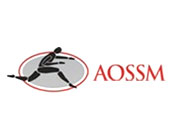Elbow
Conditions
-
Elbow Anatomy
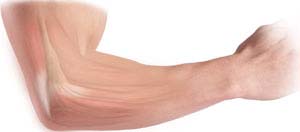
The elbow is a complex joint formed by the articulation of three bones –the humerus, radius and ulna. The elbow joint helps in bending or straightening of the arm to 180 degrees and assists in lifting or moving objects.
Know More Launch Movie
Conditions
-
Elbow Arthritis
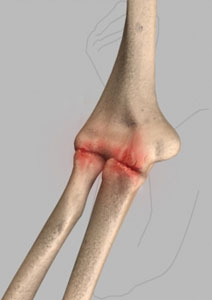
Although the elbows are not weight-bearing joints, they are considered to be most important for the functioning of the upper limbs.
Know More -
Tennis Elbow

Tennis elbow is the common name used for the elbow condition called lateral epicondylitis.
Know More Launch Movie -
Golfer’s Elbow

Golfer's elbow, also called medial epicondylitis, is a painful condition occurring from repeated muscle contractions in the forearm that leads to inflammation and microtears in the tendons that attach to the medial epicondyle.
Know More Launch Movie -
Ulnar Nerve Neuritis
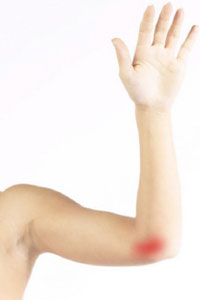
Cubital Tunnel Syndrome is a condition characterized by compression of the ulnar nerve in an area of the elbow called the cubital tunnel.
Know More -
Elbow Fractures
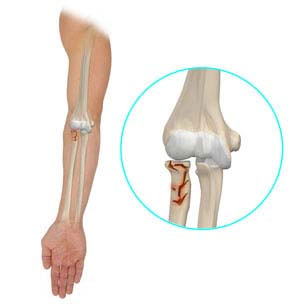
Procedures
-
Distal Biceps Tendon Repair
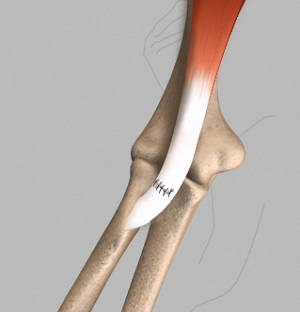
The biceps muscle is located in front of your upper arm. It helps in bending your elbow as well as in rotational movements of your forearm. Also, it helps to maintain stability in the shoulder joint.
Know More -
UCL Reconstruction
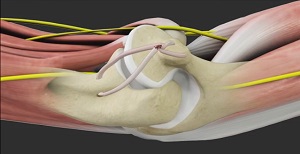
The ulnar collateral ligament (UCL), also called medial collateral ligament, is located on the inside of the elbow and connects the ulna bone to the humerus bone.
Know More Launch Movie -
Tennis Elbow Surgery

Tennis elbow, also called lateral epicondylitis, is a painful condition occurring from repeated muscle contractions in the forearm that leads to inflammation and micro-tears in the tendons that attach to the lateral epicondyle.
Know More




